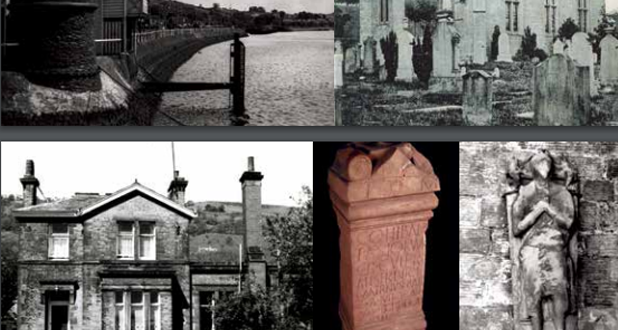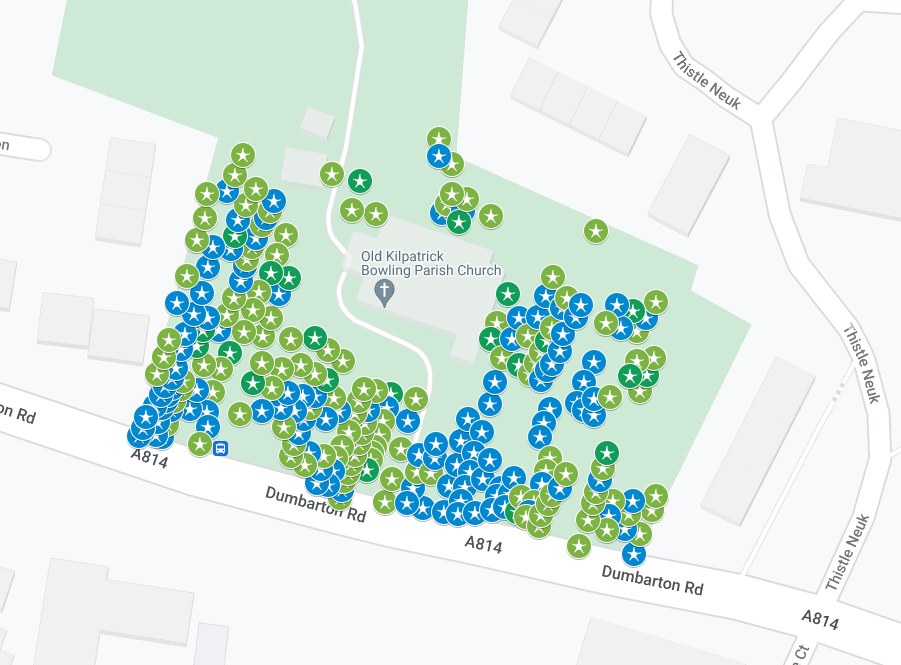History and Heritage
of Old Kilpatrick and the Surrounding Areas
AOK aim to promote the history and heritage of the village and the surrounding areas. In the past, we completed an oral history project 'A Walk Through the Past: Memories of Old Kilpatrick from 1940s to the Present Day' which involved creating two audiowalks and a book of residents' memories. Currently we are working with the Antonine Project and Forestry and Land to create an Antonine Arboretum in a filed in the village, which will celebrate our Roman heritage.
News
Antonine Arboretum
The Antonine Arboretum is still an aspiration for the village!
We have had consultations, we have had a day in the field with various activities. We spent time with the children at Gavinburn Primary ...
Read MoreA Walk Through the Past: Memories of Old Kilpatrick
A Walk Through the Past: Memories of Old Kilpatrick, from 1940s to present day
Testimonies of a number of residents of Old Kilpatrick have been recorded and these, along with other historical data, h...
Read MoreOld Kilpatrick
ANTONINE WALL
The western end of the Antonine Wall was marked by a fort at Old Kilpatrick, overlooking the River Clyde.
Important finds include two sculptured distance slabs, an inscribed altar to Jupiter, and a possible bath-house located within an annexe attached to the fort.
There may have been a harbour here, a supply base for goods brought in by sea. No traces of the fort are visible today but the site of Old Kilpatrick fort is worth visiting for the magnificent views across the Clyde: a viewpoint that places the modern visitor at the north-west corner of the former Roman Empire
West Dunbartonshire
HERITAGE TRAILS
West Dunbartonshire Libraries and Cultural Services have prodiced a number of Heritage Trails booklets. This series of six trails allow people to explore the history of West Dunbartonshire and enjoy our natural and built heritage.
Each Heritage Trail advises on a route to take and explains the points of interest along each route, taking in past and present architecture, industry, famous people and the natural landscape.
West Dunbartonshire Heritage Trails are available from your local library and Clydebank Museum and Art Gallery.
Download the Heritage Trail bookletsEach Heritage Trail advises on a route to take and explains the points of interest along each route, taking in past and present architecture, industry, famous people and the natural landscape.
West Dunbartonshire Heritage Trails are available from your local library and Clydebank Museum and Art Gallery.
Old Kilpatrick Bowling Parish Church
GRAVEYARD
The current Old Kilpatrick Bowling Parish Church was not built until 1812, but it occupies the site of a church which was in existence by the late 12th century and the architecture appeared to be Norman. It is not known for certain what the connection to St Patrick was, although many are convinced he was born or lived in the area.
The map linked below shows all graves in the graveyard (Courtesy of: Florence Boyle).
Graveyard MapThe map linked below shows all graves in the graveyard (Courtesy of: Florence Boyle).



